All things end, even your favourite digital card game. After six years, developer CD Projekt Red is ready to hand the future of Gwent over to the people who play it.
First introduced as a minigame in 2015’s The Witcher 3: Wild Hunt, and then spun off as a standalone title in 2018, Gwent is a 1v1 strategy game where brinksmanship and bluffing can matter as much as deck building. Featuring faces and foes from Andrzej Sapkowski’s Witcher universe, Gwent is unique among traditional trading card games (TCGs) in that knowing when to lose gracefully can sometimes be critical to setting yourself up for a victory in the next game.
In the years since then, CD Projekt Red’s Gwent mostly followed the blueprint laid out by Blizzard’s breakthrough digital card game, Hearthstone. The studio developed and released new cards on a regular cadence, introduced seasonal events, monetised the game through microtransactions like booster packs, cosmetics and seasonal passes, and invested in the competitive esports scene through physical events like Gwent Masters.
It’s hard to know for sure how much this investment paid off. At one point, Gwent managed to account for a reported 68% of quarterly revenue for CD Projekt Red. However, this was during both the launch window for the game itself and a quarter in which the developer’s only other release was a
From the outside looking in, it was always clear that Gwent managed to garner a fairly loyal player base. Even if it never quite cracked the mainstream in the way that the likes of Hearthstone or Magic: The Gathering Arena did, those who liked the game kept coming back for more.
Regular additions to the card pool kept those playing regulars engaged, but more ambitious bets like the Rogue Mage expansion failed to bring in new players, or lure lapsed ones back to the table.
According to some, last year was a turning point for Gwent. One report by GameWorldObserver alleges that the revenue for the card game cratered following the outbreak of the War in Ukraine, which prompted CD Projekt Red to suspend sales in Russia. Citing AppMagic data, this report claimed that Gwent revenue on iOS and Android fell from $180.6K in February 2022, to $86.8k in March 2022. Only a few months later, CD Projekt Red announced it would be laying off what was left of Gwent’s development team and calling time on the card battler.
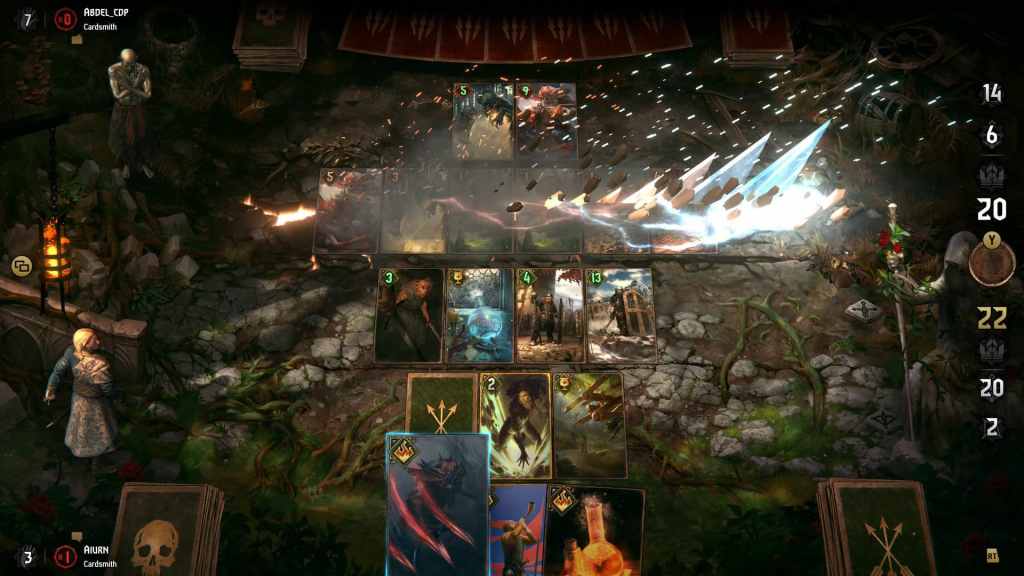
After six years and millions of downloads, The Witcher card game seemed set to shutter its doors. Whenever this kind of thing happens, it’s usually on the technically-minded folks within a given community or fanbase to find a way forward. This time, however, CD Projekt Red had something different in mind: an ambitious take on post-life support that the studio initially named Project GWENTfinity.
The genesis of Gwentfinity
According to Gwent game director Vladimir Tortsov, once the decision was made to sunset Gwent, the team immediately started to brainstorm ideas about how to make the game self-sustainable and ever-changing, even without regular content injections.
“We wanted to give players tools that would allow them to make changes to the game and avoid it falling into a stall state,” said Jean Auquier, former Gwent senior gameplay designer.
Auquier acknowledged that many other games have been kept alive by the sheer will of their community, sometimes on their own and sometimes with modding tools provided by the developer, but said that CD Projekt Red’s solution wasn’t inspired by these precedents in post-life support.
“Rather, we worked on the resources we had and tried to build a system that would fit the quirks of Gwent, with the main goal being to try to provide something that could be of interest to our players.”
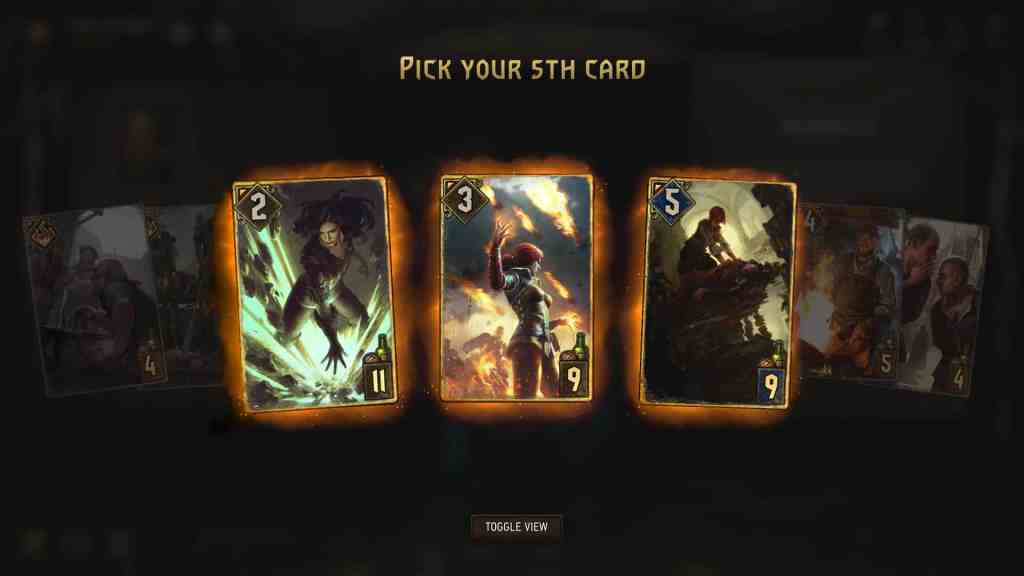
Gwent gameplay designer Maciej Kokosza said that change has always been a part of the game’s DNA.
“We were one of the first digital CCGs that built its content strategy on the idea of having monthly balance patches. This ensured that the game felt at least a little bit different every month, and our players generally liked it.”
“When we learned that Gwent will no longer have developer support in 2024, we immediately started thinking about ways to preserve this part of Gwent’s identity. That’s how this idea was born.”
The way that Project Gwentfinity works is both familiar and unlike anything else in live service gaming. In-game, it’ll be known as the Balance Council.

“While we didn’t have a particular reference of an identical case in mind, it is safe to say that we were inspired by examples of games with active modding communities,” Tortsov said.
Rather than wait for the developer to rebalance the game whenever the meta becomes stale, active Gwent players will be given the chance to vote on 12 changes to the card pool every month. The community won’t be able to rewrite the text on any given card in the game, but their votes will count when it comes to tweaking the numbers. Cards can be buffed or nerfed as needed, both in cost and power, though there will be a minimum threshold of votes that need to be met, to reflect a consensus from the community.
In earlier incarnations of the idea, the team approached the problem from a “perfect world scenario” perspective in which players could change as many things as they wanted.
“Unfortunately, it became clear very quickly that we would have to focus on the limited set of parameters in order to make the whole feature work,” Tortsov said.
Though the team’s tenure on Gwent had always involved combining data and sentiment, the real challenge for the team’s final send-off to Gwent was born of the need to ensure both inclusivity and proficiency in the voting process.
“Real-world democratic systems obviously serve as major sources of inspiration – with all their strengths and weaknesses. I don’t think it was uncomfortable for any of us to work on the system that empowers the players to be the masters of their own game experience, but we certainly felt the pressure of making it right,” he added.
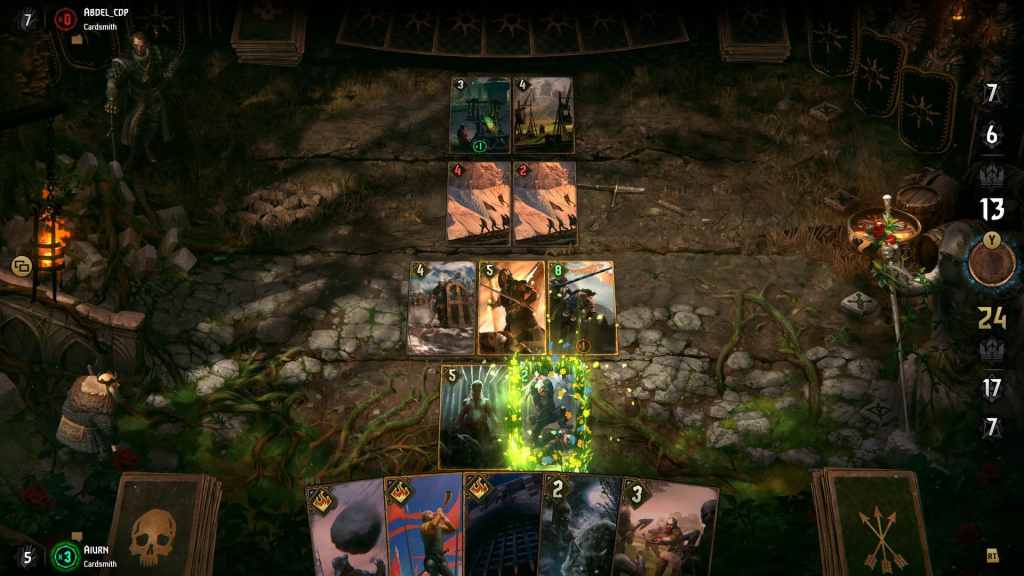
Putting the pieces in place
As it turned out, implementing Project GWENTfinity’s Balance Council was as much a technical trial-by-fire as it was a bureaucratic one. According to Auquier, the main problem that the team encountered with the Balance Council feature had to do with how it could enable the community to reach a consensus about what it wanted to change.
“The answer we came up with ended up being quite restrictive in terms of what can be changed (which did alleviate the technical scope), but also allows for very direct involvement from the Gwent community.”
Under these new rules, most players can participate and they don’t have to leave the in-game UI to do so.

“We’ve aimed at maximising participation by limiting the commitment that voting requires. Furthermore, the impact of a vote is very concrete, with the system’s behaviour being fairly straightforward. It was important to us to build a system that excites and engages the community, even after active development of the game is over.”
The jury is still out on how well CD Projekt’s experiment in handing over control of its card game to the community will go, but it’s very easy to imagine it being a model for other card and competitively-oriented live service games going forward.
Not everyone feels that way though. Auquier pushed back on the idea of other developers adopting this approach, but said some lessons could be learned here.
“At the end of the day, it’s better for a game to keep receiving hand-crafted content which will help it renew itself and feel fresh to players, especially for card games which are very dependent on offering new meta to solve, and situations to discover. Even if the goal was only to achieve some theoretical state of balance, it’s not evident a voting system like this would be suited for this task.”
On the other hand, “it could be very interesting to experiment more with intuitive voting features integrated into games to collect large representative samples of how the game is perceived by players (and somehow using it in a way that makes them feel like they matter).”
Ultimately, Auquier said that giving players tools to experiment and twist the game is especially appealing, given that modding tools aren’t nearly as common as they once were.
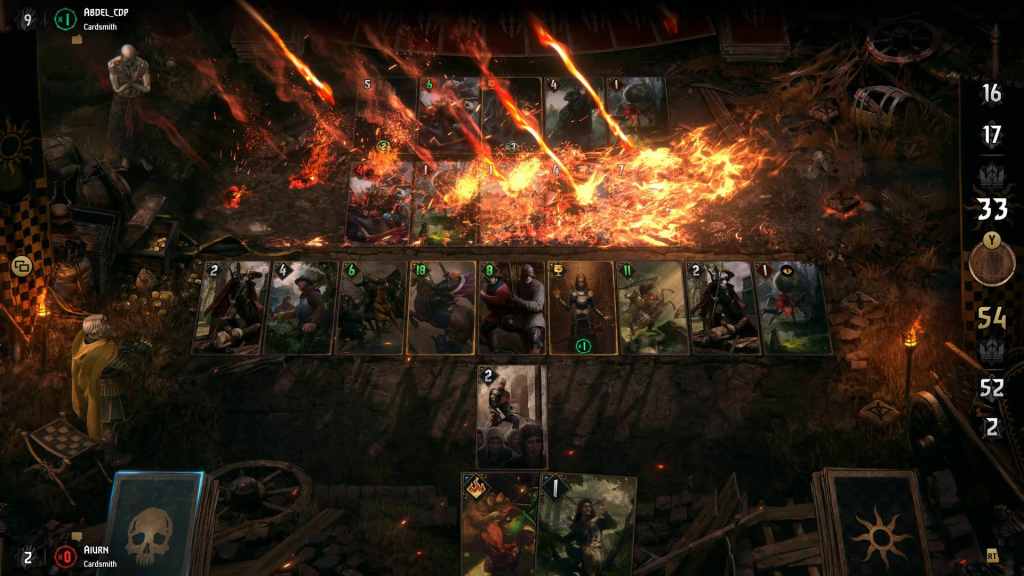
“Our system is far from perfect since it heavily limits what can be changed, but at least the automation avoids the issue of a lack of an authority figure that can sometimes arise on community-driven projects with multiple forks happening.”
“Ideally, we’d like to see better systems that solve the consensus problem without as many limitations being experimented with! And if that happens, then we hope Gwent’s Balance Council feature inspires and serves as an interesting case study.”
Passing on the torch
Tortsov agrees with Auquier that CD Projekt Red’s approach is neither perfect nor universal. His take is that it should serve more as an inspiration than a blueprint for future efforts to preserve games like Gwent.
“Technical details aside, the big dilemma here is what the end of active development should mean for a game-as-a-service project in this day and age.”
“While its success needs to be proven by players taking full advantage of it in the future, I hope it will set a positive precedent in the industry. Treating players with respect and caring about their experience to the very end (perhaps especially at such moments of the project life cycle) should be the norm, rather than the exception.”

Kokosza hopes that any success could prove significant in the context of cooperation between developers and players. It’s less direct marketing, and more direct democracy.
“Nowadays, the main tools devs use to understand their player base are data analytics and social media. Perhaps the future of games as a service involves a more direct and centralised approach — a way for players to express their thoughts about the state of the game, in an organised way, within the game client.”
Beyond its implications for the future of game preservation and Gwent itself, Project GWENTfinity is also an inherently bittersweet endeavour for Kokosza, Auquier and Tortsov. It’s one thing to be stepping away from a project you’ve worked on for years. It’s another for the last feature you’re shipping to be the thing that will allow it to live on without you.
Auquier calls it the end of an era.
“We’re very curious about how the first community updates will turn out, what players will target, what discussions will be like, and how players might organise. We’re also very curious about how different the game might be a few months down the road.”
“It could well be in a very different state, considering that cards’ power levels can move and the metagame will evolve organically. It will be a state that is both familiar – because cards won’t have changed – but also somewhat unfamiliar, because the game itself won’t play the same as it does now. And we think this can also hold some appeal for players that might want to return to the game for a bit, out of nostalgia.”
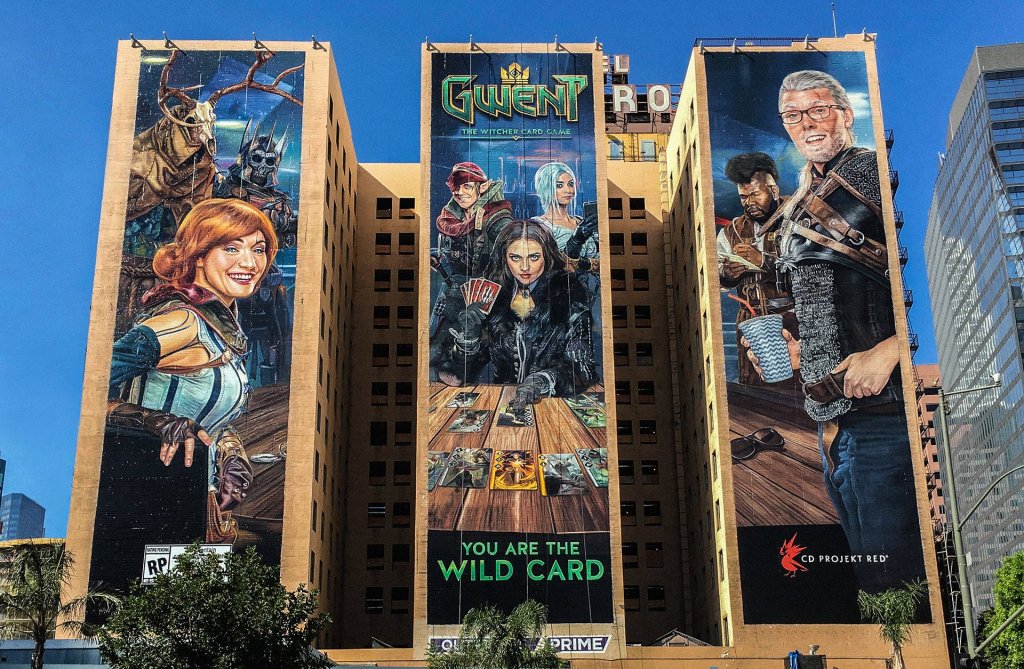
Maciej framed it as a turning point for his career.
“As someone who has been involved with the game from the very beginning, taking pretty much every possible role – casual player, streamer, pro player, and finally, developer – it’s definitely heartbreaking to end this chapter of my life.”
“I’m sure most of us would want to keep going, as we definitely could do more. At the same time, being involved with Gwent for so long means I know that the game has a very passionate community, and the fact that there will be ways for them to keep the game evolving makes me happy.”
Tortsov’s take on the passing of the torch is no less bittersweet.
“Even with the game being almost six years old, sometimes it feels like we only scratched the surface of what could be done in a CCG set in The Witcher universe, from a creative point of view. Therefore, passing the torch to the community indeed feels bittersweet, but we’re hopeful and optimistic about players taking the reins, otherwise, the whole GWENTfinity project wouldn’t make much sense.”
“We put our hearts and souls into this game and we did it for its players, so it’s only fair that players should inherit Gwent and write its next chapter on their own.”





